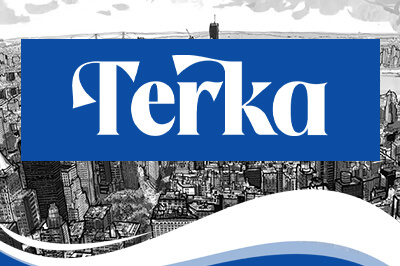
views
Deefakes are everywhere on the internet today, so a bunch of researchers came together to take on the problem -- by creating a tool that uses contextual, AI-driven understanding of themes, backgrounds, objects, shapes, textures, lighting and directional vectors. In other words, they've created a tool that can help anyone use presets to place realistic objects in a frame, and essentially, create deepfakes of their own.
Built by researchers at the Massachusetts Institute of Technology (MIT)'s Computer Science and Artificial Intelligence Laboratory (CSAIL) in partnership with IBM and its Watson AI, the tool is called GANpaint Studio, and is still a work in progress that can be tested by anyone as a free demo tool. The premise is simple -- given the amount of time it takes to create deepfakes, what role can AI play in helping create such content?
This, in turn, can help us understand the problem of counterfeit content and misinformation that is plaguing the internet, and as we move towards a visual-first medium, tools such as the GAN subset of AI algorithms are expected to learn to identify contextually placed fake elements in a photo or video, and help identify fake content. Right now, the free tool uses six preset backdrops of churches, and you can use them to test out six elements -- trees, grass, doors, domes, clouds and bricks, which you can place within the selected frame.
While still at its nascent stage, using it will show you the potential of such a tool. For instance, we picked one of the churches with an intact dome in front of a clear blue sky and wispy cloud strains, and used the preset brush and eraser combination to disintegrate the dome, and turn the sky cloudier. While closer inspection does reveal editing, at a distant glance, a perfectly normal church dome suddenly looked like a disintegrating one amid a stormy backdrop, all in a couple of minutes' work.
Qualms remain in terms of the processing speed that it takes, but then this is a prototype tool meant to demonstrate the product via the internet, so presumably, the real deal would be far superior. The effects still appear a tad like clone-stamping on Photoshop or other editing software. In future, the same tool aims to use contextual AI to add missing elements in videos, and use the same information to identify counterfeit content and deepfake videos that surface on the internet.
As of now, though, the project remains work in progress. If you're interested, check out GANpaint Studio here, doing which will also help the researchers make their AI tool learn more in terms of artificially curated editing.




















Comments
0 comment